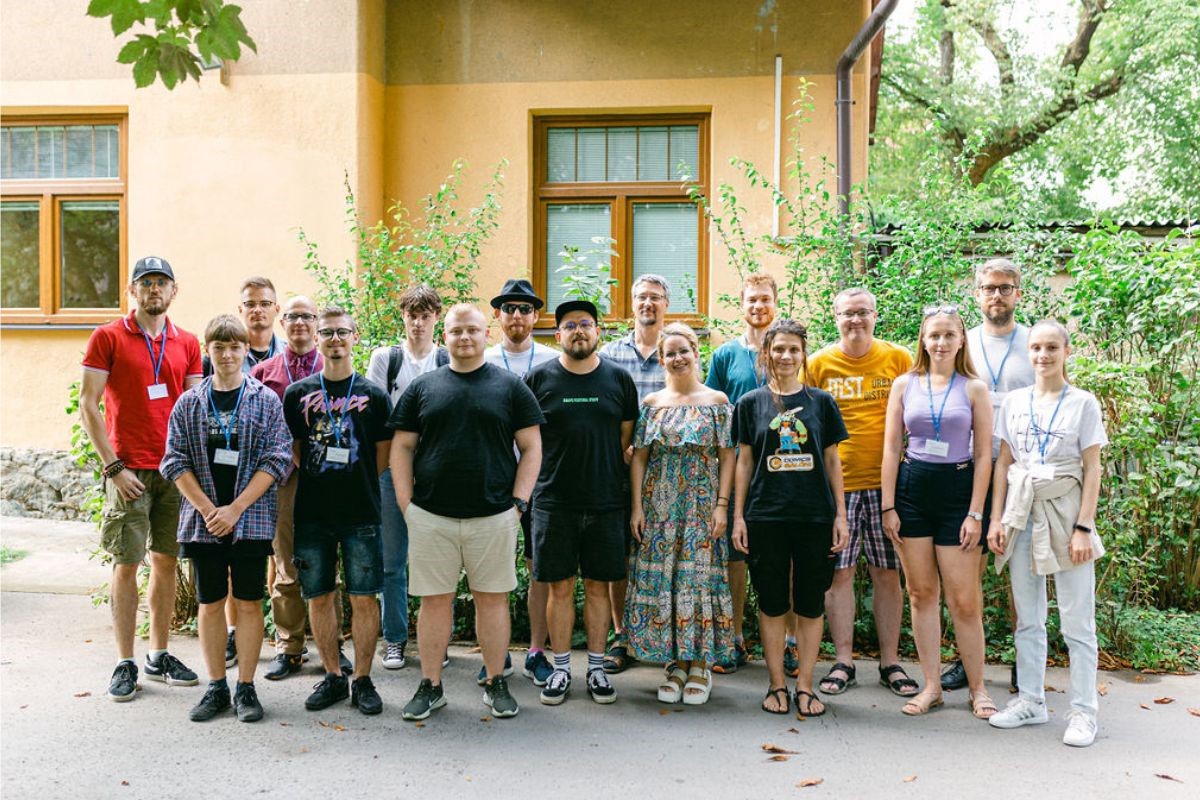The SPACE::LAB Summer School on “How to Use GPT for Space Research” has ended

During the last week of August, the fifth year of the SPACE::LAB summer school took place. During three days at the Institute of Experimental Physics SAS in Košice, 20 participants learned how to use a large language model (GPT – Generative Pre-trained Transformer) via an API interface (application programming interface).
“Generative models are one of the biggest technological advances we can observe in recent years. We will certainly not avoid them in everyday or scientific life, so it is important to learn how to use them appropriately. It is an extremely effective tool,” said Šimon Mackovjak from the Department of Space Physics, IEP SAS.
During the first two days, the participants attended a mix of lectures and practical exercises with an emphasis on practical applications of the GPT API. They learned how large language models work and how to use them to extract accurate information from a number of scientific articles. They also learned how to use language models in combination with automatic image processing. As an example, they used the latest images from the JWST (James Webb Space Telescope), to which a separate lecture was also devoted. During the third day of the summer school, students worked in teams on specific projects where they could practice the acquired knowledge.
“I am very happy that there is such a high interest in SPACE::LAB summer school. This year, participants came not only from Košice and its surroundings, but also Slovaks studying in the Czech Republic, the Netherlands or Denmark. I am also pleased that they are young people who are not only technically, but also value-wise. The discussion about the ethical issues of using GPT and artificial intelligence in research in general was very interesting,” added the space physicist, who organizes activities under the SPACE::LAB project.
The participants ended the summer school with an excursion to the Roztoky Astronomical Observatory, where, in addition to night observation, they also presented their projects on space topics, with which artificial intelligence helped them to a great extent.
Even this year it was possible to combine the use of the latest technological trends for space research, which the IEP SAS has been working on for decades, added Šimon Mackovjak from the Institute of Experimental Physics SAS.
Original text HERE.
 Contact
Contact Intranet
Intranet SK
SK






